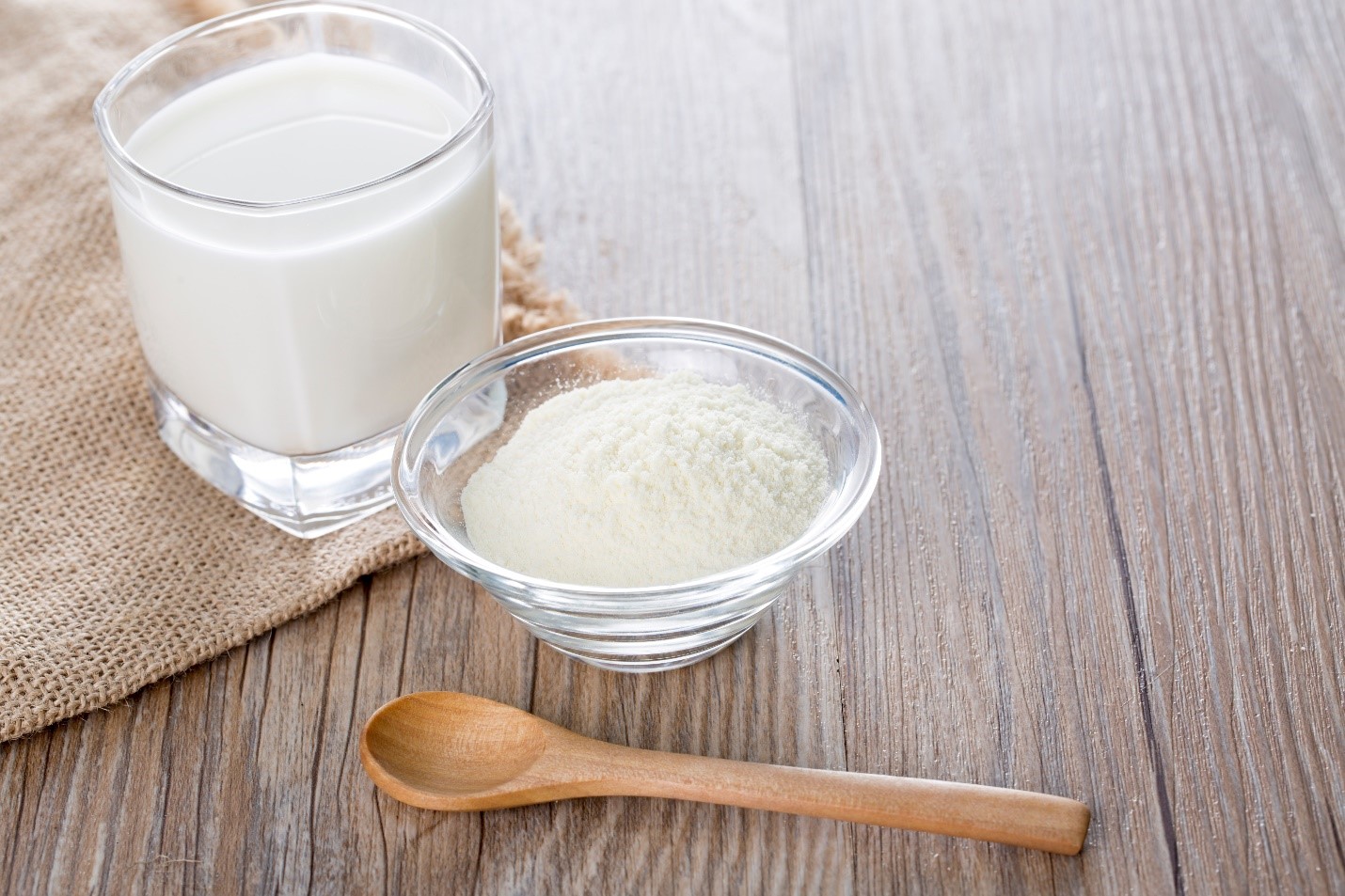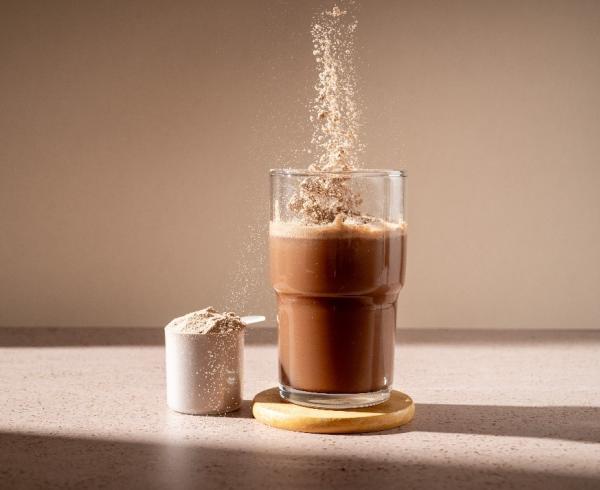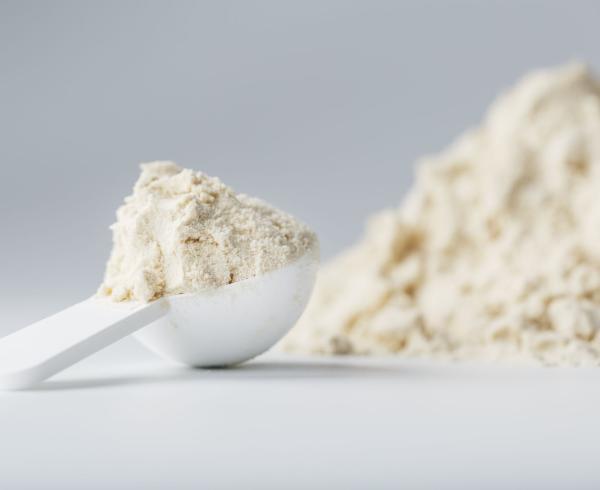
Protein Myths & Truths - Bust the Myths, Unlock the Truths
Protein Hub
Sharing accurate nutritional information is important. It enhances consumers’ understanding and empowers them to make informed and healthy choices. Here, we dispel some common myths around protein.
Daily Protein Needs
Myth: Everyone needs the same amount of protein.
A Personal Equation

Our protein needs vary depending on age, weight, and other factors like life stage and health conditions. For example, protein requirements are increased in pregnant and lactating mothers and those who are sick, injured, or recovering from surgery. Athletes may also need extra protein.
The baseline daily protein intake to prevent a deficiency, known as the recommended dietary allowance (RDA), is 0.8 g of protein per kg body weight for adults. For someone who weighs 165 lbs (75 kg), this would be 60 grams of protein per day. However, research indicates 1.4–1.6 g of protein per kg body weight (in this case 105-120 grams) may be ideal for active individuals to optimize training adaptations.1
Protein and Muscle Mass
Myth: The more protein you consume, the more muscle mass you gain.
Protein consumption benefits go beyond muscle gain
Protein consumption, when paired with resistance exercise, contributes to muscle mass gains, greater strength, and better recovery. This underscores the need for higher intakes for anyone participating in demanding athletic pursuits.
Compared to the RDA of 0.8 g per day per kg body weight, 1.2–1.4 g protein for endurance athletes and 1.4–1.8 g for power and strength athletes has been shown to provide the necessary nutritional support.2 In addition, when protein intake is evenly distributed across meals, it provides an even greater muscle protein synthesis response.3,4

In conjunction with resistance exercise, increased protein intake reduces age-related muscle loss (known as sarcopenia), indicating higher protein levels are key to healthy and active aging.5 It also improves the preservation of muscle mass in times of negative energy balance.6
Protein Intake and Kidney Health
Myth: Long-term high protein intake might lead to chronic kidney disease.
This long-held myth was debunked in 2018
For years, a theory has circulated that too much protein could have negative impacts on the kidneys, including intraglomerular hypertension and kidney hyperfiltration, which could suggest long-term high protein intake might lead to chronic kidney disease.
As of 2018, this long-held myth was debunked by an in-depth meta-analysis of research from two dozen studies and hundreds of participants.7 The participants included healthy individuals, as well as those with type 2 diabetes and high blood pressure.

The high-protein diets included either 1.5 g of protein per kg body weight per day, at least 20% of total caloric intake coming from protein, or at least 100 g of protein per day. None of the participants were diagnosed with chronic kidney disease. If someone has a history of kidney disease, a doctor’s oversight is recommended before adopting a high-protein diet.
Hormones
Myth: Protein powders contain hormones that support muscle growth, but could potentially harm the body.
Protein powder does not contain any form of anabolic steroid for performance enhancement.
Protein supplementation with protein powder has a clear role in supporting muscle growth. There is sometimes confusion that the muscle growth benefits are a result of hormones within the protein powder. Protein powder does not contain any form of anabolic steroid.

A dairy-derived protein like whey protein (as with any animal-based product) may contain naturally occurring hormones, such as growth factor hormones. All cow’s milk, conventional and organic, naturally contains minute amounts of hormones. Research indicates that because these hormones are metabolized in the body, they are of low bioavailability and have little physiological effect in humans. Scientific evidence fails to demonstrate that the presence of hormones in cow’s milk is a health concern8,9.
Preparation
Myth: Incorrect preparation of protein powders can damage the protein.
Different proteins contain different combinations of amino acids that will denature at different rates.
Some people have questions about how to prepare protein powders, with concerns that an incorrect preparation temperature can damage the protein. Protein supplements are better in solubility in lukewarm water (36.5℃ – 40.5 ℃). Protein powder's ability to dissolve into liquids can be compromised when exposed to too high temperature.

Since different proteins contain different combinations of amino acids, they will denature at different rates. For example, whey protein is more susceptible to denaturation than casein protein and so is more likely to form clumps. Some guidelines to avoid clumps are blending protein powder in water less than 40 degrees Celsius and using a blender if needed.
Protein Quality and Price: Choosing the Right Protein
Myth: The better the protein, the more expensive it is.
The price of a protein depends on many factors, including source, processing requirements, and quality.
Choosing the right protein (rather than choosing based on price alone) is essential to unlocking the full nutritional and functional benefits protein has to offer. The price of a protein depends on many factors, including source, processing requirements, and quality.

Protein Digestibility Corrected Amino Acid Score (PDCAAS) and Digestible Indispensable Amino Acid Score (DIAAS) are methods to measure the quality of protein sources.
Protein Quality Comparison of Different Proteins
Whey protein also has a higher Biological Value (BV) and Protein Efficiency Ratio (PER) than plant proteins and some other animal proteins, including casein and egg white protein. BV measures the proportion of absorbed nitrogen retained in the body12 while PER measures weight gain in relation to protein intake (studied in rat models)13.
Source: Rutherfurd, S. M, Fanning, A. C, Miller, B. J, Moughan, P. J. (2014); Hoffman, J. R, Falvo, M. J. (2004)
Whey protein's high scores give it a better overall nutritional value than these other protein sources, which is why it's widely considered to be the gold standard for protein than the other protein sources. Its high nutritional quality may provide optimum support for health and athletic performance.
Your Protein Partner
Bringing to consumers the many benefits of protein—from immune health to weight management to healthy aging—depends on helping them distinguish the protein myths from the truths. As your protein partner, Glanbia Nutritionals provides nutrition and product development expertise, in addition to the highest quality protein solutions—because not all proteins are the same.
Contact us to discuss the opportunities in meeting consumers’ most important nutritional and health needs.




